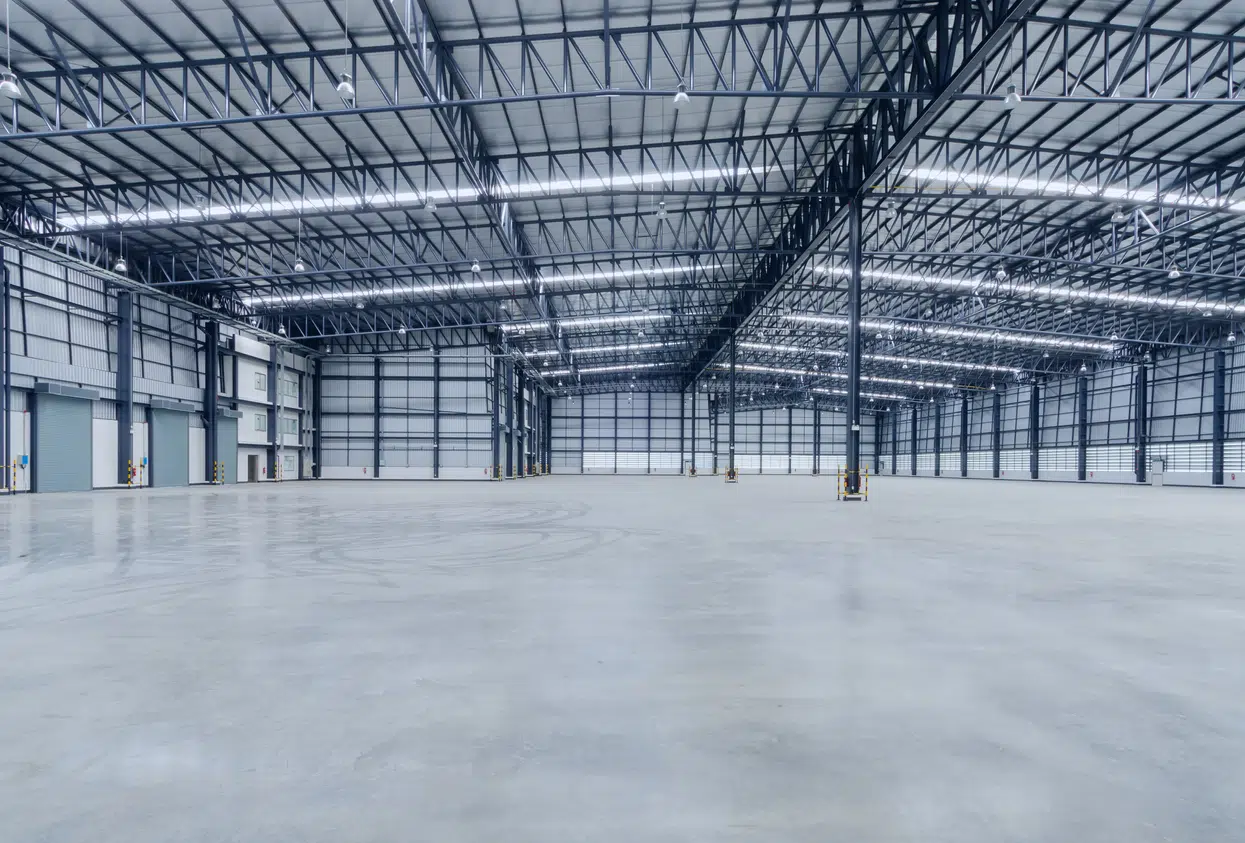Animal-Loving Spaces: Designing Spaces for Your Furry Friends

Creating a pet-friendly interior is more than just including a few comfy spots for your animal companions; it’s about designing a harmonious space that displays your style while meeting their requirements. As we gradually view our pets as dear members of the family, the need for interiors that cater to both aesthetics and functionality is on the rise. This year, interior design trends highlight not only visual appeal but also on how to establish a safe and welcoming environment for pets without compromising on sophistication.
Including elements that are durable, easy to clean and stylish can change your living space into a sanctuary for both adults and pets. From selecting the right furnishings to embedding smart technology that makes pet care more convenient, designers are adopting innovative solutions. By understanding color psychology and blending textures thoughtfully, homeowners can craft spaces that enhance both comfort and style. Join us as we explore how to create interiors that effectively blend elegance with the vibrancy of our furry companions.
Interior Design Styles to Adopt
One of the leading interior design trends to embrace this year is the shift toward eco-friendly and intelligent design. Homeowners are increasingly prioritizing sustainable materials and construction practices, seeking ways to minimize their carbon footprint while improving their living spaces. Incorporating reclaimed and recycled materials not only adds character but also supports environmental efforts, making homes more sustainable without compromising on aesthetics.
Another intriguing trend is the practice of mixing textures in home interiors, which can elevate a space from ordinary to exceptional. By mixing materials such as timber, metal, and textiles, designers create rich visual patterns that engage the senses. This trend allows for personal expression and creativity, making it simpler to infuse warmth and depth into any room while ensuring it remains functional and inviting.
Color psychology is also becoming prominence in interior design, as homeowners realize the impact of wall colors on mood and vitality. Selecting hues that resonate with personal preferences and intended atmospheres can transform the feel of a space. Whether you choose calming blues for a peaceful bedroom or vibrant reds for an energizing kitchen, understanding the emotional influence of colors is key to creating an interior that reflects your personality and improves your home environment.
Designing Practical Environments for Animals
Establishing a pet-friendly environment involves more than just offering a comfortable setting for your furry friends. It requires careful consideration of design and elements to guarantee safety and functionality. Start with long-lasting flooring solutions that can resist scratches and spills, such as porcelain tile or luxury vinyl. In addition, think about area rugs that can be easily cleaned and picked in hues or patterns that can conceal dirt and pet fur, preserving decorative charm.
Incorporating designated areas within your home can improve the living experience for both pets and their owners. For instance, a comfortable nook for your pet furnished with a bed and toys can be integrated into hallways or living areas. This not only does give pets a corner they can own but also keeps their belongings neatly contained, adding to a unified look between rooms. Think of using furniture that functions as storage for pet items, creating a fashionable yet functional atmosphere.
Finally, the art of combining fabrics plays a key role in a pet-friendly interior. Gentle fabrics can be paired with strong materials to produce visual interest while catering to the needs of your pets. Include easy-care throws and slipcovers to shield furniture while allowing for convenient care. By crafting areas that weigh comfort and practicality, you guarantee that your home is a inviting space for both two-legged and four-legged residents.
Eco-friendly Practices in Residential Design

Green methods in residential design have become essential as homeowners more and more seek to minimize their ecological footprint. Eco-friendly substances, like bamboo floor surfaces, upcycled metal fixtures, and reclaimed lumber, are gaining acceptance. Such materials not solely add to a healthier house but also bring unique character to living areas. Incorporating energy-efficient devices and technologies, such as renewable solar systems and intelligent temperature controls, may further boost environmental responsibility while delivering long-term cost savings.
A further essential aspect of green architecture is maximizing sunlight illumination to reduce dependence on electrical lights. Big windows, roof windows, and flexible floor plans permit natural light to illuminate areas, resulting in a welcoming and inviting feel. Additionally, strategic garden design may assist regulate indoor environment, lessening the requirement for temperature control and air conditioning units. With taking into account the home's orientation and the surrounding landscape, designers can design spaces that naturally support resource efficiency.
Ultimately, adopting eco-conscious building practices is essential during the building stage. These include cutting down excess through careful preparation and using regional products to minimize shipping emissions. Achieving sustainable construction qualifications, such as BREEAM, could direct builders as well as contractors towards further eco-friendly decisions. By focusing on http://nutris.net/members/cellarthomas0/activity/2777933/ in every step of design and construction, houses can be aesthetic, useful, and ecologically sound, ensuring a positive influence for coming generations.
